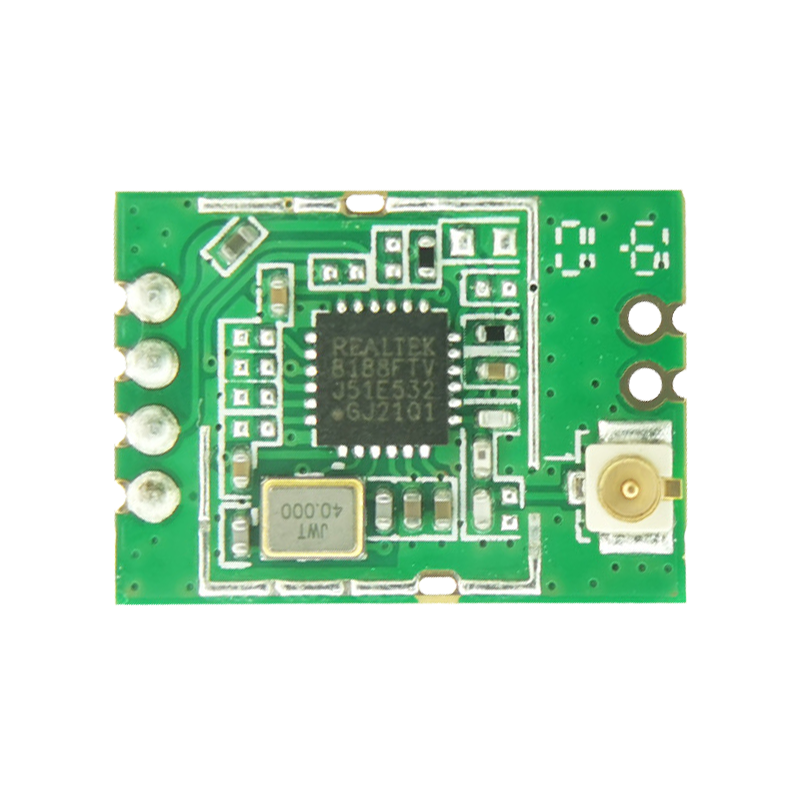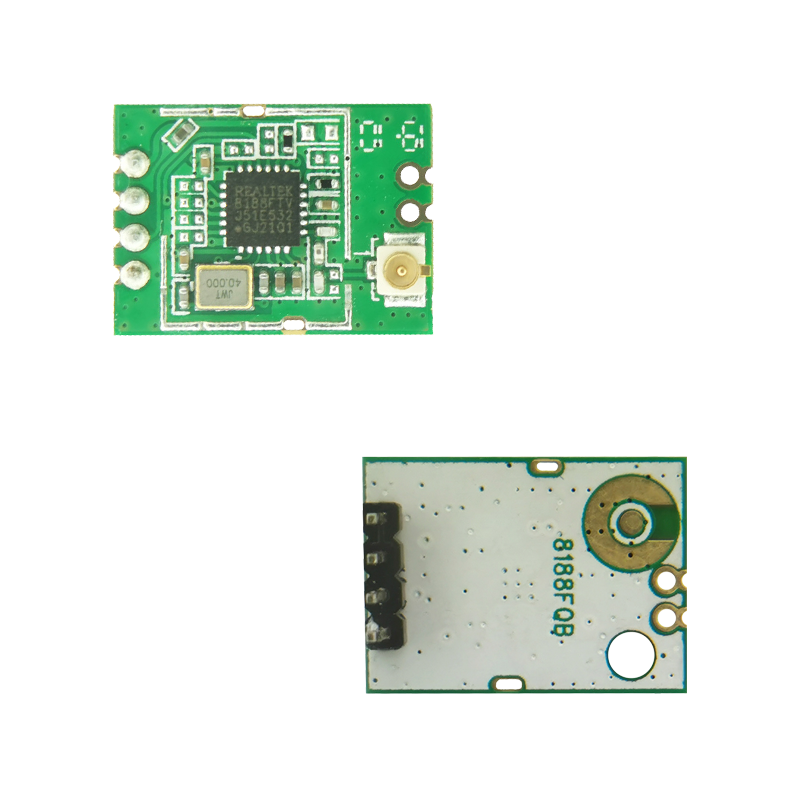The Internet of Things (IoT) has revolutionized the way we interact with technology, enabling seamless connectivity between devices. Low-power WiFi modules have emerged as a key enabler in this domain, catering to a wide range of application scenarios. In this article, we will delve into the suitability of low-power WiFi modules for different applications and highlight their advantages.

Smart homes are gaining popularity as they provide convenience, energy efficiency, and enhanced security. Low-power WiFi modules chip play a crucial role in connecting various devices such as smart thermostats, lighting systems, and security cameras. These modules enable seamless communication while minimizing power consumption, ensuring efficient automation within homes.
Industrial IoT applications require reliable and energy-efficient connectivity solutions. Low-power WiFi modules excel in this domain by enabling real-time monitoring, predictive maintenance, and efficient asset management. They ensure efficient data transfer, enabling businesses to optimize their operations, reduce costs, and enhance productivity.
Wearable devices have become an integral part of our lives, tracking our health, fitness, and even providing notifications. Low-power WiFi modules chip are ideal for wearables as they consume minimal energy, prolonging battery life. They offer seamless connectivity, allowing wearables to exchange data with smartphones or other devices, enabling personalized experiences and improving overall usability.

Agriculture is benefiting greatly from IoT technologies, improving crop management, irrigation, and monitoring. Low-power WiFi modules play a crucial role in smart agriculture as they enable real-time data collection from sensors, such as soil moisture and temperature sensors. This data helps farmers optimize irrigation, enhance crop yields, and conserve resources.
Asset tracking is essential in logistics and transportation industries to ensure efficient inventory management and timely deliveries. Low-power WiFi modules offer reliable, cost-effective, and high-precision tracking solutions, enabling real-time monitoring of assets. They aid in optimizing routes, reducing losses, and improving overall logistics management.
Low-power WiFi modules have become indispensable in various application scenarios, enabling seamless connectivity, energy efficiency, and improved productivity. From smart homes to industrial IoT, wearable devices, agriculture, and asset tracking, these modules offer robust solutions for diverse IoT requirements. Embracing low-power WiFi modules brings benefits such as enhanced automation, optimized operations, efficient resource management, and improved user experiences. As the IoT ecosystem continues to expand, the demand for low-power WiFi modules will continue to soar, driving innovation and advancements in this field.
 Trolink Joint With Tuya to Make Iot Benefit Every Family
Trolink Joint With Tuya to Make Iot Benefit Every Family
 5 Key Indicators for WiFi Module Selection You Have to Know !
5 Key Indicators for WiFi Module Selection You Have to Know !
 IOT module is the brain of smart products
IOT module is the brain of smart products
 What is the signal coverage range of the WiFi module chip?
What is the signal coverage range of the WiFi module chip?